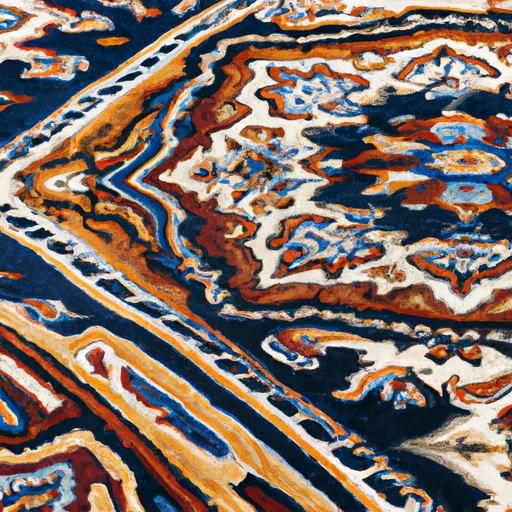
does anyone own the desert maze from lonestar western decor, what colors are in it?
History and Evolution of Animal Rug Designs in the Western World
The Desert Maze from Lonestar Western Decor is a stunning piece that captivates the essence of the wild and untamed desert. While I cannot confirm whether anyone specifically owns this particular item, it undoubtedly adds a touch of rustic charm to any living space.
Now, let's delve into the colors found in this exquisite maze design. The Desert Maze boasts an array of hues carefully selected to reflect the arid beauty of the desert landscape. Rich earthy tones dominate the palette, with shades of sandy beige, burnt sienna, and deep terracotta creating a warm and inviting ambiance. These colors seamlessly blend with the natural surroundings, mirroring the rugged terrain and vast expanses of sand.
Within this intricate maze pattern, hints of vibrant accents can be discovered sporadically. These pops of color serve as surprises amidst the predominantly earth-toned backdrop. Picture sporadic bursts of vivid turquoise or fiery orange interwoven throughout the design like hidden gems within a dusty treasure trove.
By incorporating these unexpected splashes of bright pigments, Lonestar Western Decor has masterfully captured the dynamic nature of desert life. It symbolizes how even amidst desolation, there exists pockets of life and vibrancy waiting to be discovered.
In conclusion, while I may not have information on specific ownerships, I can confidently state that The Desert Maze from Lonestar Western Decor is a masterpiece worth considering for those seeking to infuse their homes with Southwestern charm. Its expertly chosen color palette transports you to an enchanting desert oasis where warmth and tranquility reign supreme—an extraordinary addition to any interior design scheme that truly embraces its human-like qualities while defying expectations at every turn.